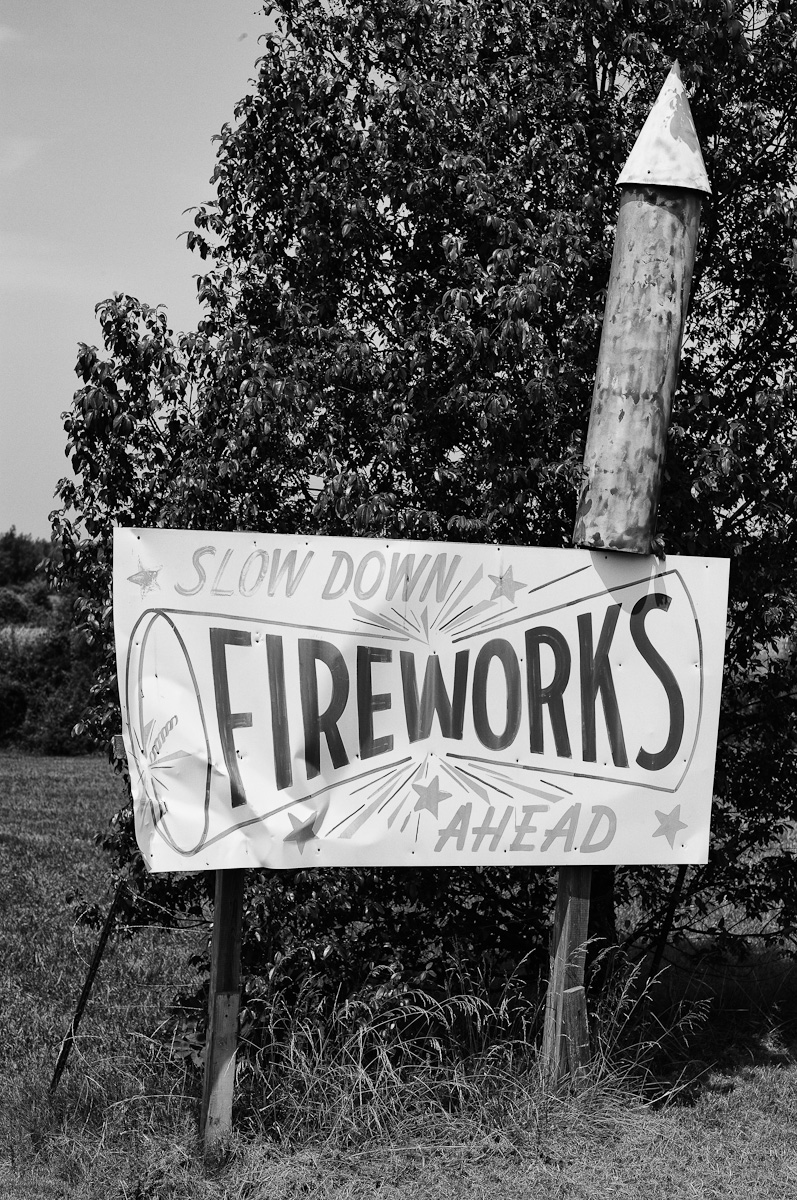- July 5, 2011 at 1:31 am #516
I really like black and white images, but struggle to get a conversion that suits me. I see many B&W conversions on these and other forums which I like. My problem is that every time I attempt a B&W conversion, whether its using simple methods in LR3 or using Silver Efex 2, I find myself adjusting and re-adjusting settings to see the different effects. I can’t seem to settle on one style and make a preset for a consistent look in my conversions.
I have attached a photo I made today (appropriate for Independence Day) in both color and B&W. I would like to hear your opinions on what I can do better (e.g., less/more contrast, more grain, etc.)
- July 8, 2011 at 4:59 am #531
Hi Marc,
That is a hard question you are asking. I would say depends. What would you like to tell? What do you see? With which techniques (grain, contrast etc.) could you express and underline the feeling you have when seeing this picture.
What I mostly do before converting a picture into B&W is making it a nice colorfull picture. In my opinion it gives you more dynamic when converting into B&W.
I attached a version of your picture trying to express what I see here.
Best,
Pete - July 8, 2011 at 12:51 pm #532
Marc, I’ve wrestled with the same question countless times and have come to the conclusion that, as Pete says, there’s no simple answer. I now work with a “salt and pepper to taste” technique. I do NOT have a single recipe that applies to all my B&W conversions. On model shots for newbies I frequently make the conversions a bit over dramatic… because I’ve found the girls love the “professional” look of them 🙂 Recently I’ve found myself converting to B&W (via Silver Efex2) and then lowering the opacity of that layer to get a desaturated look in the final image. In short I would say trust your eye and your judgment… there really isn’t a wrong way to do things. If your eye needs training find some B&W photography that you really like and use that as a guide to get you where you want to go.
- July 12, 2011 at 3:30 pm #564
Mark,
Converting to B&W is a subjective thing and it really depends on what your final statement will be. I have used most of the different techniques, LR, PS, and now Silver effects 2 and found that to be the closest B&W conversion tool.When I am doing a B&W conversion, I want it to look like a B&W print in both tonality and texture. My early experiments with B&W digital were less than satisfying, so I sat down and reviewed a great deal of my older B&W prints. The one common thing that I found in the silver gelatin process was the grain from the film emulsion was always sharp, regardless of the image sharpness. My light bulb moment so to speak, because when reviewing the digital conversions, the grain was not that apparent and had too smooth of a look. Also, when doing a B&W conversion you want to treat the scene just like you would taking a B&W shot from the get go. My normal filter was a yellow filter to add some contrast in the sky or at times an orange filter for added contrast. So I start with those, then I add the tonal characteristics from the different emulsions, my favorite is Tri-X 400. I adjust the contrast so that I have a full toned print with both detail in the highlights and shadows. Then finally I add some grain to the shot to give it some texture. If I am doing a still life with smooth textures, I scale back the grain, but I still want a hint of it there.
You must be logged in to reply to this topic.




